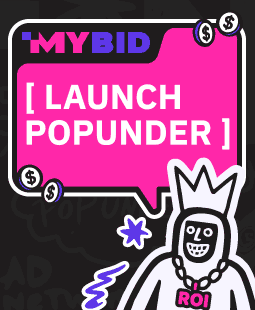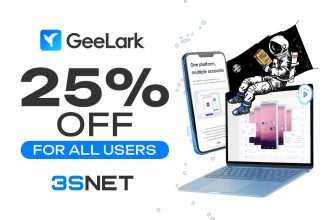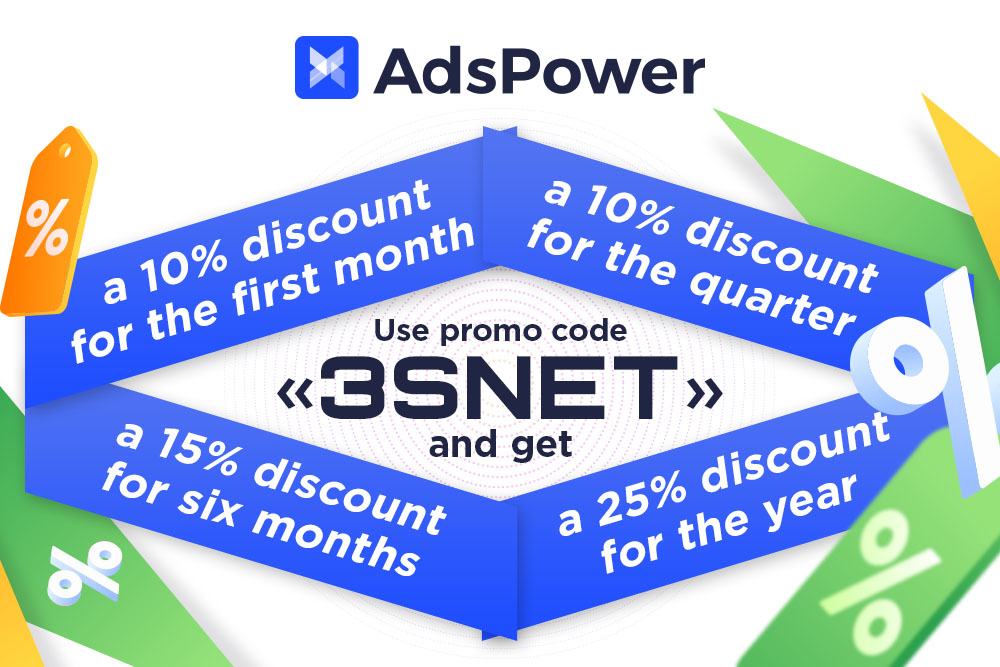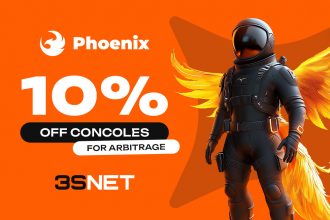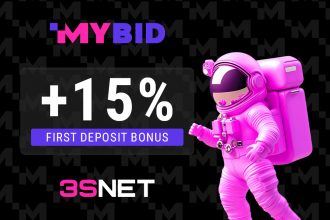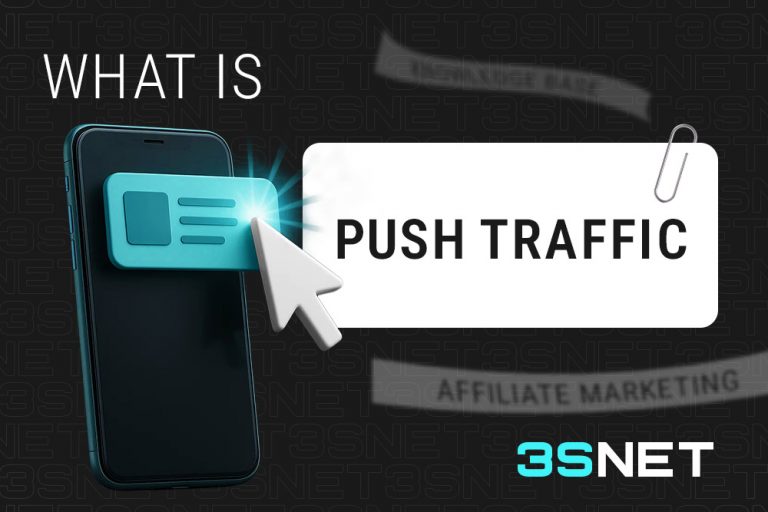
Publication date: 5 November 2025
Imagine: you launch a campaign, and within just a minute, the first 100 visitors land on a sportsbook or online casino website. This is not magic — it is the reality of push traffic. What is push traffic in gambling and affiliate marketing? It is instant notifications that browsers display even on blocked websites. A channel where leads come “here and now.” But behind this speed are hidden nuances — from audience quality to retention. Let’s break down how push traffic works in iGaming and why affiliates use it.
This material is for informational purposes only. We do not encourage violating laws or platform rules. Always check local regulations and act legally!
Simplified explanation: what is push traffic?
Push traffic (Web Push notifications) is an advertising format where users voluntarily subscribe to receive notifications from a website. After subscribing, the advertiser can send short messages (headline, text, icon, link) that pop up on the user’s computer or smartphone screen, even if the browser is closed.
Originally, the technology was used for service notifications — for example, email alerts. But in the mid-2010s affiliates adopted it for performance marketing. Since then, push has evolved from an “exotic” format into a mainstream tool, especially in niches with fast monetization such as online casinos, slots, and sports betting.
Synonyms and LSI: Web Push, browser notifications, subscription traffic, click traffic, push ads.
How push is used in gambling and betting
In iGaming, push is indispensable for promos and events. It is commonly used for:
- Match and tournament alerts: “Barcelona vs Real starts in 10 minutes. Place your bet now!”;
- Promotional offers: “20 dollars freebet available today only. Claim it now!”;
- Urgent messages: “Odds boosted to 3.5. Check it now!”;
- Retargeting: reminders for users who registered but never deposited.
Main GEOs include CIS, Asia, and Latin America, where subscriptions are cheaper and competition is lower. For deeper regional insights, check out our reviews on Argentina, Philippines, and India.
Case in point: practical application
Offer: sportsbook with CPA payment for verified registration.
Source: PropellerAds.
GEO: Mexico.
Campaign: Creative with the message “¡El bono de registro de 500 dollars expira en 1 hora!” (“The 500 dollars registration bonus expires in 1 hour!”).
Result: 300 registrations in 3 hours, CR = 1.5%, ROI = +35%.
Push vs other formats
| Format | How it works | Pros | Cons | Best use cases |
|---|---|---|---|---|
| Push | Browser notifications | Fast launch, bypasses blocks, wide reach | Short creative lifespan, low loyalty | Quick CPA/CPL offers, retargeting |
| Pop-under | Opens under main window | High volume, low cost | Low quality, blocked by browsers | Motivated offers |
| Native | Ads integrated into content | High trust, strong CR | Expensive, hard to scale | RevShare, premium GEOs |
Advantages and pitfalls of push
Pros: speed, reach (even on restricted sites), flexible targeting, anonymity.
Cons: low loyalty, quick creative burnout, audience overlap.
Common mistakes with push traffic
- Dull copywriting (“Click here!”). Fix: add specifics — brand name, bonus value.
- Excessive frequency. Fix: no more than 1–3 notifications per day.
- Weak landing page. Fix: use pre-landers that extend the notification story.
Tips and hacks for affiliates
- Test 10–20 creatives, changing emojis, CTAs, and visuals.
- Blacklist publishers with high Unsub Rate.
- Adjust timing: evenings work best for betting, nights for casino.
- Focus on micro-stocks: slightly more expensive but higher ROI.
Tracker integration (e.g., Binom) is essential — without analytics push campaigns turn into wasted budgets.
Fraud risks in push traffic
Fraud is a serious risk in push campaigns. Some publishers inflate clicks or generate fake subscriptions, leading to misleading CTR and CR metrics that don’t result in real deposits. To avoid losses:
- Use trackers to evaluate user quality;
- Work only with trusted networks;
- Blacklist suspicious publishers.
More details on how to protect yourself can be found in 3SNET’s fraud prevention guide.
Push traffic is a powerful tool in iGaming, especially for fast testing and CPA offers. But retention requires combining it with other channels such as native ads, targeted campaigns, or PWA solutions. Want to test push in practice? Explore current casino offers and betting offers at CPA network 3SNET.
*Facebook is blocked in Russia by court order.
Push traffic delivers instant browser notifications that appear on user screens even when websites are closed. In iGaming, this format excels for match announcements, promotions, and urgent alerts, as messages deliver immediately and bypass restrictions. Key benefits include rapid campaign launches, ability to bypass geo-restrictions, broad audience reach, and flexible targeting options. This enables quick offer testing and scaling of successful combinations. The most effective regions are CIS countries, Asia, and Latin America, where subscription costs are lower and competition is moderate. For example, Mexico and India can achieve 1.5-2% CR with proper campaign setup. Critical errors include boring creatives, excessive sending frequency, and directing to unprepared landing pages. Solutions include testing 10-20 creative variations, limiting notifications to 1-3 daily, and using pre-landing pages. Minimize risks by using trackers to analyze user behavior, working exclusively with verified affiliate networks, and regularly updating blacklists of suspicious platforms.FAQ
What is push traffic and how does it work in iGaming?
What are the main advantages of push traffic for arbitrage?
Which GEOs perform best with push traffic?
How to avoid common mistakes with push notifications?
How to protect against fraud in push traffic?
Share it with your friends via favorite social media


